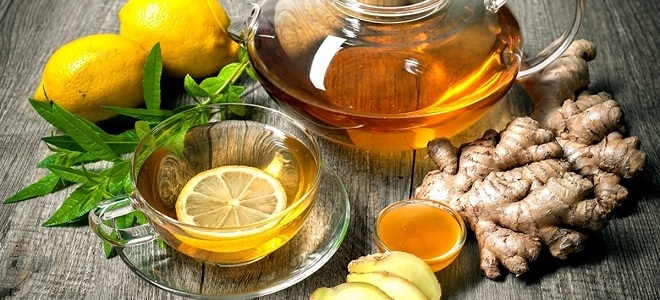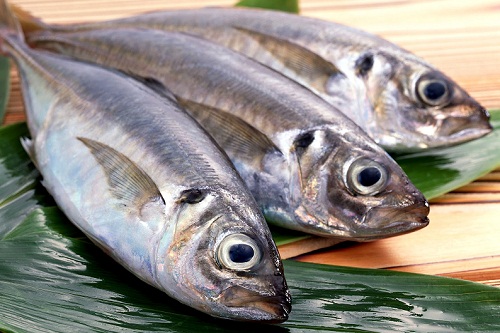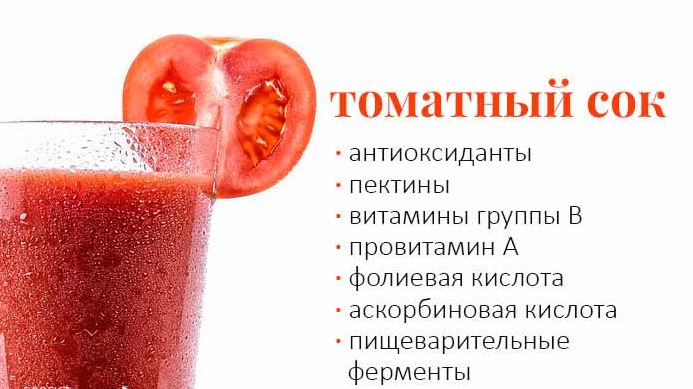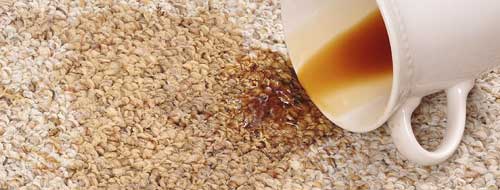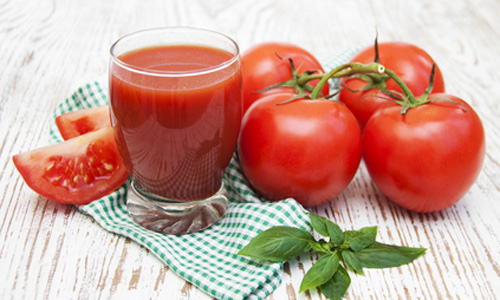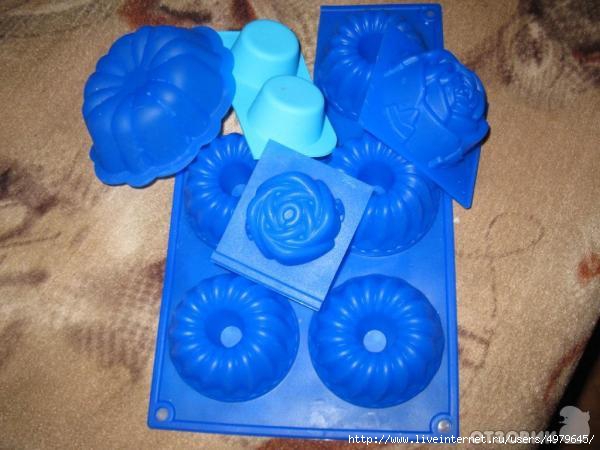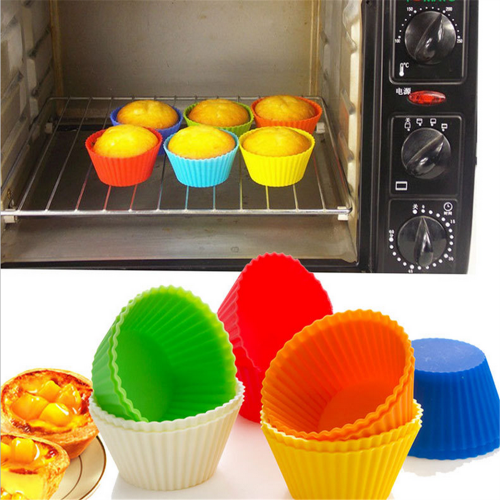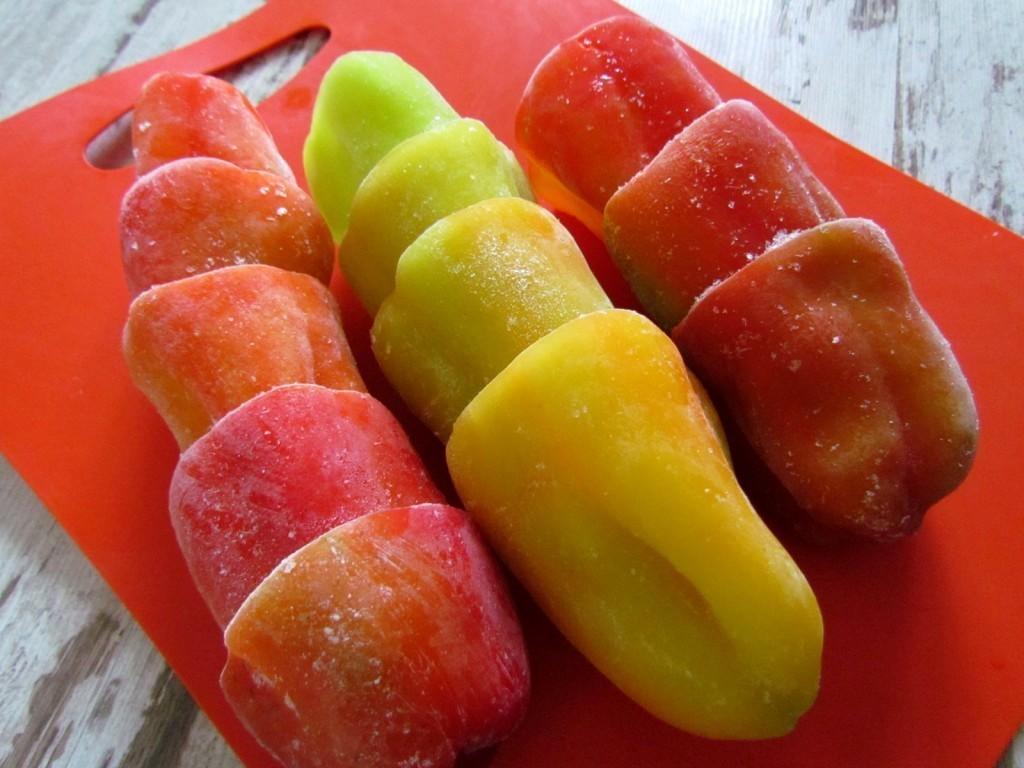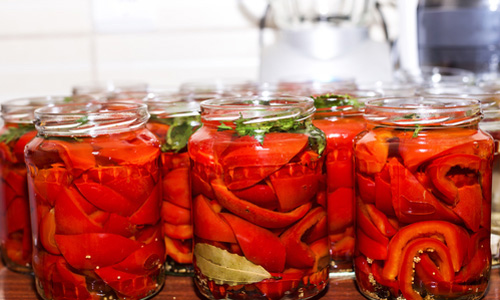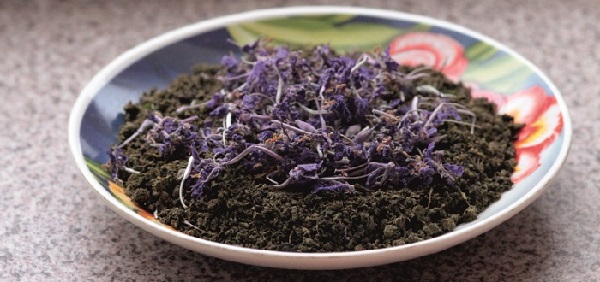Champagne brut: An overview of famous brands. What is the difference between champagne and sparkling wine
“I can't live without champagne.
In victory I deserve it, in defeat I need him. ”
Sir Winston Churchill
“I can guarantee you that in a hundred years
people will drink Dom Rerignon champagne.
But I don’t know what Internet they will use ... ”
Bernard Arnault, Head of LVMH
"In the summer of youth crazy,
Poetic Ai
I liked the noisy foam
By the likeness of love!
... and a frothy glass
I then everything in the world
Dear brother, preferred
A.S. Pushkin
Champagne wine can be called only the wine that is produced in France, in the province of Champagne.
Champagne is a sparkling wine, the saturation of which with natural carbon dioxide occurs during the secondary fermentation and subsequent exposure. Champagne belongs to the A.O.S. category according to the French classification, during its production the most stringent rules provided for by French legislation for this category of wines are observed (including the system of pruning vines, grape harvesting, productivity per hectare, etc.) Champagne wine production uses three grape varieties:
Chardonnay - Chardonnay (white grape variety, 27% of Champagne vineyards). Landing is mainly in Cote de Blanc. Chardonnay makes wines elegant and subtle.
Pinot noir - Pinot Noir (black (red) grape variety, 37% of vineyards). Landings are mainly in Montagnes de Reims and Ob. In the assembly, he is responsible for the structure, aging potential and aftertaste.
Pinot meunier - Pinot Meunier (black (red) grape variety, 35% of vineyards). Landings are mainly in the Marne Valley. Provides freshness and aroma of wine.
Champagne produced only from the Chardonnay variety is called Blanc de blanc (White of whites). If champagne is made only from Pinot Noir and Pinot Meunier varieties, it is called Blanc de noirs (White from black). Pink champagne is usually obtained either by adding red wine in the cuvé (necessarily from Champagne) or by producing from black (red) grape varieties. The entire process from grape harvesting to bottling is under strict control, both from producers and from French regulatory organizations.
Grapes are harvested by hand (each of the three varieties separately). It is delivered to the place of processing in special boxes, spoiled and insufficiently ripe berries are separated and immediately crushed in traditional vertical champagne pressures, designed for 4000 kg of grapes. The first, highest quality juice of the first extraction is called cuvee. The resulting white juice (wort) is aged 12 hours at a low temperature, and then poured into a vat, where it undergoes primary fermentation. The resulting dry “still” wines come from different grape varieties and villages. These wines are mixed in certain proportions to make a cuvée (blend). Composing a “cuvée” is a great art; the number of “silent” wines in a “cuvée” can reach 50. If a cuvé is made for more than one year, dry white wines of past years are added to the blend. In the years of the best harvests, cuvée is made only from wines of one year. After making the cuvée, they begin the “circulation” process. The essence of the process is to add liquid made from cane sugar and yeast (circulation liquid) in the cuvé. Then the bottles are corked and laid on shelves in cool chalky cellars. Secondary fermentation takes place in bottles. The increased pressure inside the bottle determined the use of special thick glass for champagne wines, which can withstand pressure up to six atmospheres. Fermentation forms a precipitate in the bottle. According to the rules, the wine must be aged with a lees for at least 9 months. After this period, bottles from shelves are moved to special music stands. The neck of the bottles is directed downward at an angle of 45 degrees. Within 5-6 weeks there is a process of "remake". In the best Champagne Houses, specially trained people shake bottles at least twice a day and turn them a quarter turn. All these operations allow you to move the sediment from the bottom of the bottle to its cork and neck. After this comes the time of "degradation", ie sediment removal. The neck of the bottles is placed in coolant (-30 degrees). Part of the wine in the neck, and with it the sediment is frozen, after which the bottle is opened and the frozen ingredient is removed. Before closing the bottle again, a dosing liquid is added to the wine, which is a mixture of wine and sugar (for each type of champagne in its own proportion).
The classic French bottle method of champanization guarantees high quality wine, is difficult and time-consuming. Using this technology, they began to prepare champagne in Russia, at the beginning of the 20th century in the Crimea under the leadership of Prince Golitsyn. In the days of the USSR, the founder of the production of "Soviet champagne" academician Frolov-Bagreev A.M. developed champagne technology in special installations - acratophores, which allowed to reduce the process by 30 times.
Since 1994, the use of the inscription is prohibited in France method champenoise on the label of wines produced outside Champagne. As a rule, manufacturers of sparkling French wines made using a similar champagne technology use the inscription method traditionelle.
Depending on the level of residual sugar, which is measured in grams per liter, champagne wines are divided into the following categories:
Brut nature (natural brut) - sugar content from 0 to 3 grams per liter. Absolutely dry champagne.
Extra brut - (extra brut) - Sugar content from 0 to 6 grams per liter. Very dry champagne.
Brut (brut) - classic dry champagne. Sugar content up to 15 g / l
Extra dry or extra -sec (extra dry or extra sec) - dry or semi-dry champagne with a sugar content of 12-20 g / l
Sec / dry (sec or dry) - semi-dry or semi-sweet champagne, sugar content from 17 to 35 g / l
Demi-sec or Rich - fairly sweet champagne with a sugar content of 33-50 g / l. But not reached true dessert sweetness.
Doux - sweet champagne. Sugar content more than 50g / l. It is rare.
Brut usually does not date from the year of the crop. The aging time in bottles is from 2.5 to 4 years. Champagne brut demonstrates the style and craftsmanship of each Champagne House from year to year.
CLASSIFICATION OF CHAMPAGNE WINE BY YEAR HARVEST
Champagne can be "Cute" (Champagne millesime) those. indicating a certain year of harvest, and “Unmillable”, that is, composed of wines of different years.
Non - Vintage - champagne not marked by the year of issue. It is produced every year regardless of the volume and quality of the crop of the current year. When compiling the “cuvée”, wines of different years are used (up to 50% of old vintages). Champagne of this class cannot be put on sale until the expiration of 12 months after circulation. Non-vintage champagne best reflects the style of the Champagne House and the skill level of the blending master. 60% of the total production of champagne wines.
Vintage - Champagne marked by the year of harvest is produced only in the years of a good harvest (usually 2-3 times in 10 years), from grapes of one year of harvest, reserve wines can be added, but not more than 20% of the volume. Champagne cannot be put on sale until the expiration of three years after replication. Vintage champagne carries the characteristics of a particular crop year. Harvest characteristics 25-30% of the production of champagne wines. Vintage champagne is recommended to be stored for 5-15 years.
Cuvee de Prestige - produced in exceptional years, from the grapes of the best vineyards (Grand Cru and Premier Cru) of one year of harvest. For cuvée, only the best juice of the first extraction is used. Such champagne is aged for at least 5 years. Cuvee de Prestige wines are usually given their own names. These are the best and most expensive wines of Champagne Houses (5-10% of production).
66 percent of the total volume of champagne sold is brands of large merchant houses. On the labels of wines produced by them you can find the inscription negociant-manipulant (NM). These are 297 Houses and they own 10% of Champagne vineyards. 25% of the volume of champagne sold belongs to the producers of the category recoltants-manipulants (RM). This is usually winegrowers (2258 farms that have the right to produce champagne under their own brands). The remaining 9% of the market belongs to cooperatives. The largest producer of champagne in the world House Moet & Chandon, founded in 1743 by Claude Moet. Since 1750, the house, which produces more than 24 million bottles a year, has had clients such as the Marquise de Pompadour, and Brut Imperial champagne got its name in honor of Napoleon Bonaparte, with whom Jean-Remy Moet, a descendant of the founder of the House, was bound by friendly bonds . The house owns the largest cellars in Champagne, 28 kilometers long, which hold 96 million bottles. Moet & Chandon owns 546 hectares of Champagne vineyards, owns 13 of the 17 available Grand Cru (classified lands of the highest category). The most prestigious products of the cuvée de prestige House are named after the legendary monk Dom Perignon. The largest owner of brands of champagne wines group LVMH. She owns such brands as: Moet & Chandon, Canard Duchene, Krug, Mercier, Ruinart, Veuve Clicquot and 25% of the world champagne market.
Champagne can be easily stored for several years. To do this, the bottles must be stored in an upright position, preferably in a dark and cool place. The best vintages of champagne for the last 10 years:
1990 year - was the best in the last 30 years.
1992 year - a large crop of very good non-vintage quality. Some champagne houses declared their wines vintage. It is better to drink this champagne before 2005.
1993 year - The usual crop of good non-vintage quality. A number of Champagne Homes declared their wines vintage.
1995 year - It was declared vintage by almost all Houses. The best champagne is close in quality to 1988. You can use this champagne since 2003.
1996 year - It was declared vintage by almost all champagne houses. Experts consider it worse than 1990, but better than 1995. It is better to start drinking this champagne since 2004.
year 2001 - Vintage year. Vintage will be announced by most Champagne Homes.
Serve champagne it is necessary immediately before use, cooled to 6-9 degrees in an ice bucket. The bottle must be opened gently without cotton by turning the bottle, not the cork. Clapping is easy, but try not to slam! Moreover, when cotton you lose not only the aroma of wine and carbon dioxide, but also in the worst case, a precious liquid. When opening the bottle, it is necessary to keep it at an angle of 45 degrees and do not direct it towards people. Note that the cork flies out of the bottle at a speed of 13.5 meters per second! Champagne is poured into special glasses of oblong shape on long legs.
And you also need to know that:
- active allocation of bubbles in the glass is a sign of good champagne
- the smaller the gas bubbles in the glass, the higher the value of champagne
- in the mornings and evenings, not only aristocrats and degenerates drink champagne.
John Maynard Keynes, a well-known British economist, whose name in Russia became a household name thanks to critics of market reforms, said: "The only thing I regret in life is that I drank a little champagne."
see also

Champagne is often an element of the festive table.
Origin and history
Around the end of the XVII century. The sparkling wine production method became known in Champagne at the same time as special production procedures (soft squeezing, dosing ...) and stronger bottles invented in England that could withstand additional pressure. Around 1700, sparkling champagne was born.
The British fell in love with the new sparkling wine and distributed it around the world. “Brut”, a modern champagne, was made for the British in the Russian Imperial Court also consumed a lot of champagne, preferring more sweet varieties.
Protection of the name Champagne
It is interesting to note that House Perignon was initially instructed by his abbey, Hautvillers, to remove the bubbles from the champagne he supplied.
It is believed that in a glass of good champagne, bubbles form within 10-20 hours after uncorking the bottle.
Champagne

"Champagne Tower"

Special champagne glass "Flute"

Champagne is usually served in special
Champagne is a sparkling wine that is made by secondary fermentation of wine. The name of this wine comes from the name of the French province of Champagne. Today, more than 19,000 small manufacturers are registered there.
In 1891, an agreement was signed in Madrid, according to which only wine produced in the province of Champagne can be called “champagne”. In addition, it still has to meet the standards set for such a wine. They were approved by the Interprofessional Committee of Champagne Wines.
The term “champagne method” has also been replaced by the “traditional method” for non-Champagne wines.
Sparkling wines are produced worldwide today. In many countries, specific terms have been introduced to define their own sparkling wine. So, in Spain such wine is called “Cava”, in South Africa - “Cap Classique”, in Italy - “spumante”, in Germany - “Sekt”. Even other regions of France were forced to enter their own names. For example, in Bordeaux, Alsace and Burgundy, Cremant sparkling wine is produced.
However, a number of countries still allow their producers to use the term “champagne”.
In Russia, in other countries of the former USSR, the trademarks registered are “Soviet champagne”, “Russian champagne”, “Ukrainian champagne”, etc.
Types of champagne
First of all, in champagne sugar content varies. Champagne with the highest sugar content is called “doux” (“sweet”), then comes “demi-sec” (“semi-dry”), “sec” (“dry”), “extra sec” (“extra-dry”), “ brut ”(“ almost completely dry ”),“ extra brut ”/“ brut nature ”/“ brut zero ”(no extra sugar). Today, brut is the most common, but at the beginning of the last century, champagne was much sweeter.
For the production of champagne, white chardonnay or red grapes are used - pinot noir or pinot less. It is also acceptable to add to them a few grapes of other varieties that were previously used in the manufacture of champagne. But in practice this is done very rarely.
Champagne made only from Chardonnay grapes is called “white from white”, only from red grapes - “white from black”.
Most often, champagne is white wine, even when it is made from red grapes. This is due to the fact that grape juice is squeezed very carefully. It almost does not touch the skin of grapes, which gives the wine a red color.
Most champagne is non-branded, as it is made from a mixture of grapes of different years. Moreover, very few manufacturers indicate the exact composition of this mixture on the label.
Vintage champagne is made from grapes of one year. At the same time, the label should indicate the year of harvest and the word "vintage". Champagne wines must be aged for at least 18 months.
Many well-known champagne producers make it not from grown, but from purchased grapes.
History of champagne
Wines from the Champagne region were popular even before the Middle Ages. Then the monks in the monasteries were engaged in the production of wine for the sacrament. The main consumers of champagne were then the British.
The first commercial sparkling wine was produced around 1535 in the Limu area in Languedoc. But it was not invented here and the first manufacturer is not known.
Many believe that the French monk Dom Perignon invented champagne. However, he only improved the production of this drink.
In Champagne, the method of producing sparkling wine began to be applied at the end of the 17th century. The year of birth of sparkling champagne is considered to be 1700.
It was the British who most of all fell in love with the new wine. Thanks to them, it spread throughout the world. The modern Brut champagne was made for the British in 1876. The Russian emperor also loved champagne, but gave preference to its sweeter varieties.

Uncorking bottle
Today it’s not customary to open champagne noisily. To prevent the cork from flying out, hold it by hand until you completely unwind the wire. After that, wipe the neck of the bottle with a clean cloth.
During lush ceremonies, champagne is uncorked with a saber. In English, this technique is called "sabrage". In this case, with a light blow, the sabers separate part of the neck of the bottle along with the cork.
Champagne glasses
Champagne is usually served in glasses. The shape of the glass affects the release of gas bubbles. The sharper the bottom of the glass, the faster the foam will form in it.
Detergents can have a negative effect on foaming champagne. For this reason, the glass must be rinsed very carefully, and then wipe it with a linen napkin. Narrow wine glasses of oblong shape on a long leg are most suitable for champagne - the shape of a flute. This is due to the fact that in the glasses in the form of a bowl it spreads, the foam does not hold, which leads to a quick dispersal of the bouquet. You can also use glasses for red wine. The aroma spreads better in a large glass.
The glass does not need to be filled in its entirety. Champagne glasses are usually filled in two-thirds of the volume, and large glasses for red wine - only one-third.
Champagne serving temperature
Champagne is usually served chilled to a temperature of 6-8 ° C. It is usually cooled in a special bucket that is filled with a mixture of water and ice.
In this bucket, to a temperature of 7 degrees, champagne is cooled in 1 hour, if before that its temperature was 20 ° С.
It is very important that there is water in the bucket. Otherwise, champagne may be too cold or not sufficiently cooled. Supercooled champagne loses its taste and aroma.
For quick cooling, it is customary to add a handful of salt and a glass of sparkling water to the bucket.
If there is no special bucket, then the bottle should be put in the refrigerator for 2.5 - 3 hours.
Champagne Brut is one of the most popular types of sparkling wine produced in France. Brut belong to the class of elite drinks. It is highly regarded by lovers of unsweetened sparkling wines, as it is the driest.
Brut champagne - what is it
Champagne - sparkling wine produced in the region of France, which is famous for its winemaking traditions, called Champagne. Several varieties of alcohol are made in this area, so it’s worth exploring. Brut is what kind of champagne.
A distinctive feature of the drink is the minimum sugar content. As a rule, alcohol contains a maximum of 15 g of sugar per 1 liter, read about degrees in detail. In some types of wine, the level of sweetness tends to zero. For example, Extra Brut. It has a sugar content of 0 to 6 g / l.
White Brut sparkling is considered a refined drink. It is suitable for social events, romantic meetings, special occasions, etc.
Characteristics and Description

Dry sparkling wine Brut non-nutritious and has a pronounced taste. A noble sparkling drink is created strictly from selected grape varieties by the method of secondary fermentation, which takes place directly in the bottle.
If noble alcohol is prepared from one type of vine, then it is called monosortovy. If the composition includes more than one type of grape, then this is an assembly wine. Brut is made from the following varieties of vines: Chardonnay, Pinot Noir, Pinot Meunier.
Champagne White Brut is made from. White wine is obtained from a light variety. From a dark type of grape, but with white pulp, light champagne is also made. This is possible due to the fact that the juice from the berries is squeezed out gently, almost without contact with the skin.
Rosé wine is made by increasing the contact time of the juice with the skin of grape berries. Today it is rare, but allowed to add other varieties of vines in small quantities, which were previously used for the production of champagne.
Extra Brut and others are not fortified drinks. The less sugar there is in wine, the lower its alcohol content. Typically, the strength of sparkling wines averages 10-15%.
The color of the liquid may be straw or pink. A distinctive feature of French sparkling wine is not only its taste, but also the transparency of the drink itself. Thanks to the technology of "remuage", invented and put into production by A. Miller, champagne became clean and transparent.
Separately, it is recommended to pay attention to the bubbles. Natural champagne has a small size and can be stored in a glass for up to 15 hours. When the bubbles are understood to the surface from the bottom of the glass and burst, the entire aroma of the noble drink is revealed.
Varieties and types
Brut - a separate variety of champagne, which is also divided into types. Among the sparkling wines, Brut is the driest, it contains a minimum sugar level of 6-15 g / l. Extra Brut - excessively, in which there is no sugar or its amount does not exceed 6 g / l. Extra Brut can be called differently, depending on the manufacturer: Ultra Brut, Brut Nature, Brut Zero.
Sparkling champagne varies by grape year of manufacture, from which it was prepared:
- Not vintage. It does not have a chosen year of release. It is made by wineries from raw materials obtained from crops of different years. Be sure to replicate such a product must be aged for at least 12 months.
- Vintage. Has the selected crop year. Most importantly, it should be a favorable year for winemaking.
- Prestige Cuvée. A product obtained from the harvest of those years that are recognized as the best for winemaking.
Another criterion for the variety is the grape variety that was used to make sparkling wine:
- From white to white (Blanc de blancs). The inscription on the bottle of champagne indicates that the white Brut wine was created from Chardonnay.
- From black to white (Blanc de noirs). Alcohol with such a distinction is made from a grape variety with a dark skin, but white flesh.
- Pink (Rose) champagne. With a light pink tint, obtained from a variety with a dark skin by contacting white juice with it.
How to use
Effervescent wine is served chilled to + 10 ... + 12 ° C in special glasses on a long leg and with a narrow neck. It is recommended to hold the glass exclusively by the leg, without touching the glass bowl with your hand.
You need to drink champagne slowly, in small sips, enjoying the taste and aroma of noble alcohol. It is believed that this type of wine does not cause a hangover syndrome.
Extra Brut and just a dry variety are usually served with various snacks and dishes. The drink is in perfect harmony with cheeses and goes well with red, black caviar. Noble alcohol is served with various berries, fruits, nuts, meat, seafood. Refined sparkling wine only emphasizes the taste of good dishes.
The driest champagne is undesirable to use with cheeses that have a sharp pronounced taste, and with dishes generously flavored with table vinegar and lemon juice. It is strongly not recommended to combine Brut with sweet desserts and fruits.
Drinking a drink in large sips or even in one gulp is strictly prohibited. This is a sign of bad taste.
What is different from sweet and dry

When buying a bottle of champagne, you should ask how Brut differs from a dry and sweet sparkling drink. A natural product made in one region of France has a label on the bottle that says “Brut”. Any other product that positions itself as a dry wine, but without a distinctive name, is characterized by a minimum sugar content. But this is not champagne from the same province of France.
Due to the fact that Brut white wine contains a small amount of sugar, it differs from sweet alcohol primarily in taste. Dry champagne, unlike sweet varieties, has a sour taste with fruity notes. In more seasoned instances, the taste of fresh baking is felt. It is believed that the more sweetness is in a drink, the less is the opportunity to reveal a bouquet of taste and aroma of a drink.
The unique aroma and unsurpassed taste of true Brut champagne made it the most popular winemaking product in the whole world.
Brut is a champagne variety that belongs to the category of dry sparkling wines. The drink is characterized by a low sugar content. It is in the dryness of the Brut variety that the difference between this drink and the rest of champagne lies. Low sugar content allows you to fully appreciate the taste of alcohol. Champagne brut is divided into six types:
- Extra Brut (the amount of sugar in a liter of liquid does not exceed 6 g);
- Brut (in a liter contains 6-15 grams of sugar);
- Extra Dry (sugar content in the range of 12-20 g is allowed in a liter);
- Sec (sugar is added in a volume of 17-35 gr);
- Demi-sec (33-50 grams of sugar);
- Doux (sugar can exceed 50 grams).
The Extra Brut type is divided into three varieties: ultra, nature and zero. This classification depends on the beverage manufacturer.
Overview of popular brands
Genuine champagne is made in France. All other brut alcohol drinks are considered sparkling wines. Below we will consider the most popular brands of brut champagne. Similar sparkling wines are produced in the USA, France, Spain and Russia.

Champagne "Abrau-Durso" is produced by the company of the same name, located in the Krasnodar Territory (Russia). The factory was founded in 1870 at the direction of the imperial family. Since the beginning of the last century, sparkling wines in Abrau-Durso have been produced under the supervision of French experts. In 2006, a large-scale modernization was carried out at the enterprise.
Since 2009, the plant has been producing brut champagne under the Imperial brand. Domestic consumer appreciates the quality of the product. The most enthusiastic reviews come from girls. Connoisseurs recommend trying pink semi-dry.

The heir to the famous “Soviet” was the brand name “Russian champagne”. Sparkling wines under this brand have been produced since 1937. Now the Russian Brut champagne is made using tank, classic and fermentation technologies (continuous flow). The plant produces 220 million bottles of product annually.
Connoisseurs note the softness and lightness of the taste of Russian Champagne. There are practically no bubbles in the domestic drink. As a result, in the morning you do not have a headache.

The history of the brand dates back to the times of Prince Golitsyn, who in 1900 presented sparkling muscatel wine, the Crimean grape was the material for the manufacture of which. Now the brand belongs to the company "Sparkling Wines", located in St. Petersburg. The production technology was developed by the specialists of the New World factory. Brut is made from Pinot Blanc, Chardonnay and Sauvignon Blanc grape varieties.
Fans of sparkling wines note a pleasant aroma, taste and aftertaste of the drink. Someone calls champagne a noble product, someone is impressed by the value for money. In general, most consumers are satisfied with the tasting.
Ruinart

The Ruinart brand is produced in Champagne, being a classic French brut champagne. Sold in bottles of 750-1500 ml. House Ruinar, producing a drink, was founded in 1729. In the XVIII century, company branches were opened in Belgium, England, Russia, Germany and other European countries.
Connoisseurs love the Ruinart brand for sophistication, nobleness and impressive endurance. Harmonious taste includes berry notes. Almonds, pears and hazelnuts are felt in the aroma. In the reviews, people recommend drinking a drink with meat fowl, tongue and crustaceans.

Another French champagne comes from Champagne. The history of the Moet & Chandon brand dates back to 1743, when Claude Moet founded his company in the famous province. At different times, the drink was consumed by Bonaparte and Thomas Jefferson. Now the product is associated with high life and high style. Since 1987, the brand has been produced in conjunction with Louis Vuitton.
Tasters consider this brand the standard of champagne. The reviews note a sensual taste that combines sophistication with roundness and generosity. The aroma can be traced citrus and apple notes.
The history of the appearance of champagne brut
The history of brut champagne begins in 1876. There was no special name for this drink at that time. Brut was a type of classic champagne, but differed from its "progenitor" in a reduced sugar content. The French first appreciated dry sparkling wine. Soon, Brut met the British, Russians, Italians.
The founders of the technology laid the standards for future production. The real brut is made from Pinot Meunier, Pinot Noir and Chardonnay. After fermentation, double fermentation and blending are carried out. Carbon dioxide released during the second fermentation gives the drink an effervescent effect. Over time, a yeast precipitate forms on the bottom of the bottle - it can be removed by turning the container over (the precipitate accumulates inside the neck). The production technology is based on the fermentation method developed by Victor Lambert.

The cost of popular brands
The price of trousers depends on the exposure time and the manufacturer. French brands are more expensive, domestic ones are cheaper. On average, the price of a bottle of champagne ranges from 250-2000 rubles. Here are the prices for the most popular brands:
- Ruinart (375, 750 and 1500 ml) - 3500-14800 rubles per bottle;
- Washes (200, 375 and 750 ml) - 1260-5160 rubles;
- Abrau-Durso (375-750 ml) - 300-500;
- PassaParola (Italy, 750 ml) - 990-1050;
- Lev Golitsyn (200-750 ml) - 310-720;
- Pierlant Brut (750 ml) - 550-590;
- Russian champagne (750 ml) - 240-260;
- Chateau Taman (200-750 ml) - 130-430.

How to drink, than to eat brut champagne
There is a misconception that champagne brut must certainly shoot with a cork up. In fact, Brut gives off a minimum of foam and opens quite easily. The drink is served chilled (8 degrees). Champagne glasses should be narrow and tall. Sparkling wine is drunk in small sips. As an appetizer, it is recommended:
- a fish;
- meat;
- biscuit;
- biscuits;
- chopped fruit;
- chocolate products;
- fruit salads.
Champagne brut belongs to the aperitifs, it is served at the beginning of the meal (before the main dishes). Enjoy the sour taste of champagne, and then switch to stronger alcohol. Lowering the degree will lead to rapid intoxication.

